With age, the face tends to lose volume, or fat, in predictable locations including the cheeks, smile lines, lips, around the eyes, temples and the surrounding areas of the mouth. Facial fat grafting involves transferring fat cells from another area of your body to correct areas of facial hollowing to help restore a more youthful facial appearance.
Facial aging affects all tissue layers including the underlying bone, muscles, fat compartments and the overlying skin. Therefore, depending on your facial aging concerns, each of these components may need to be individually addressed.
Facial fat grafting is commonly combined with other facial cosmetic procedures to achieve a more balanced and harmonious result.

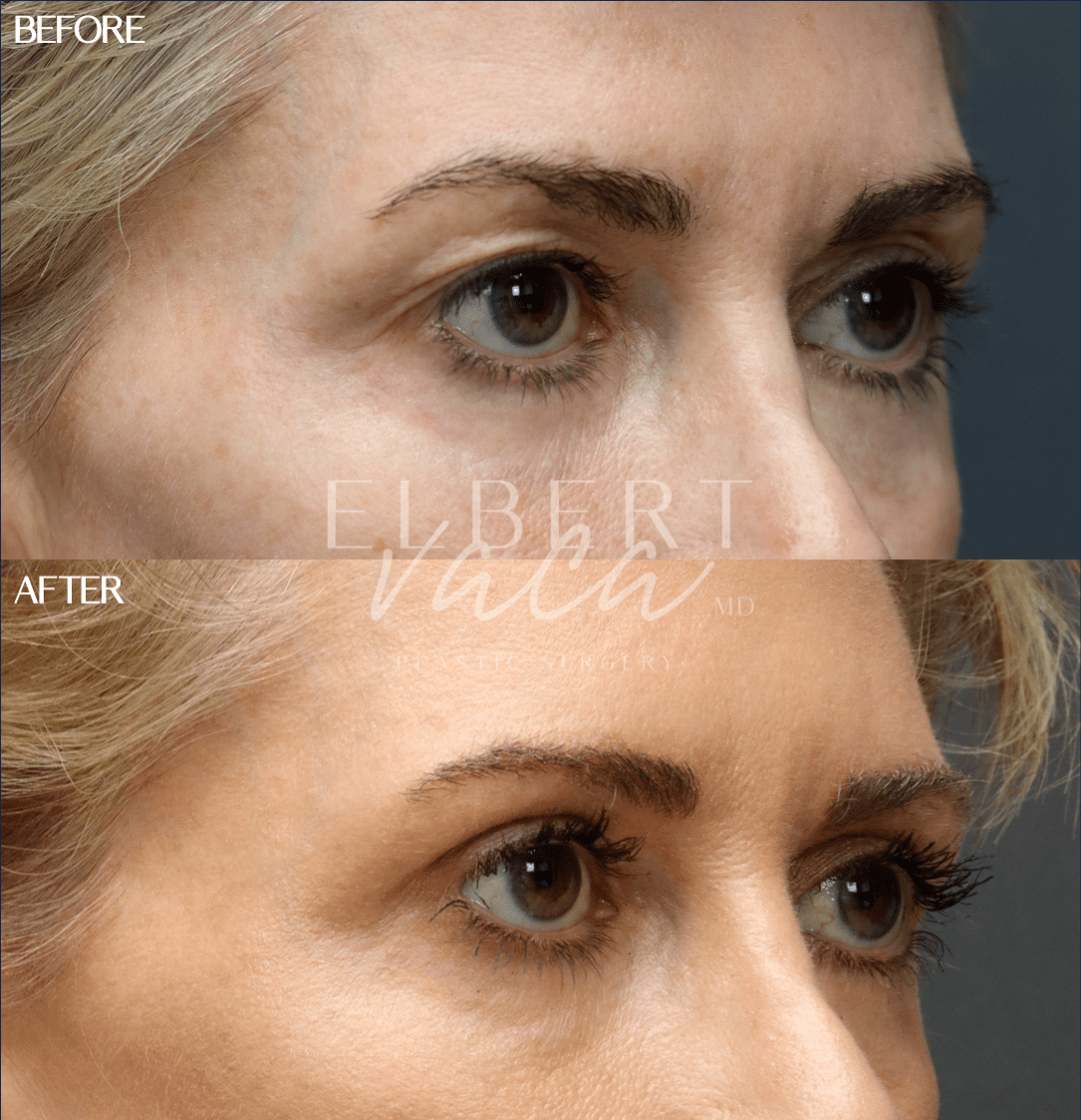

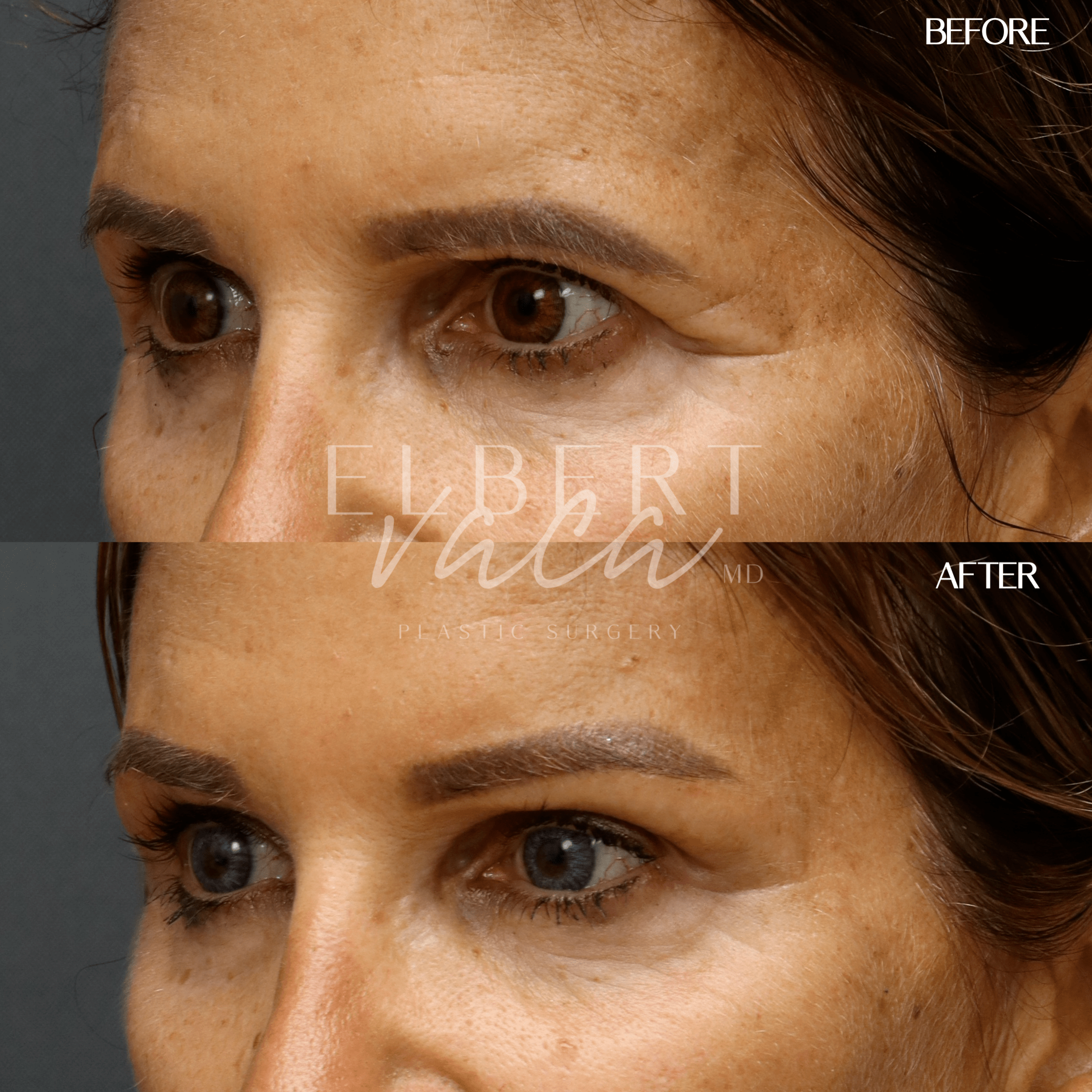
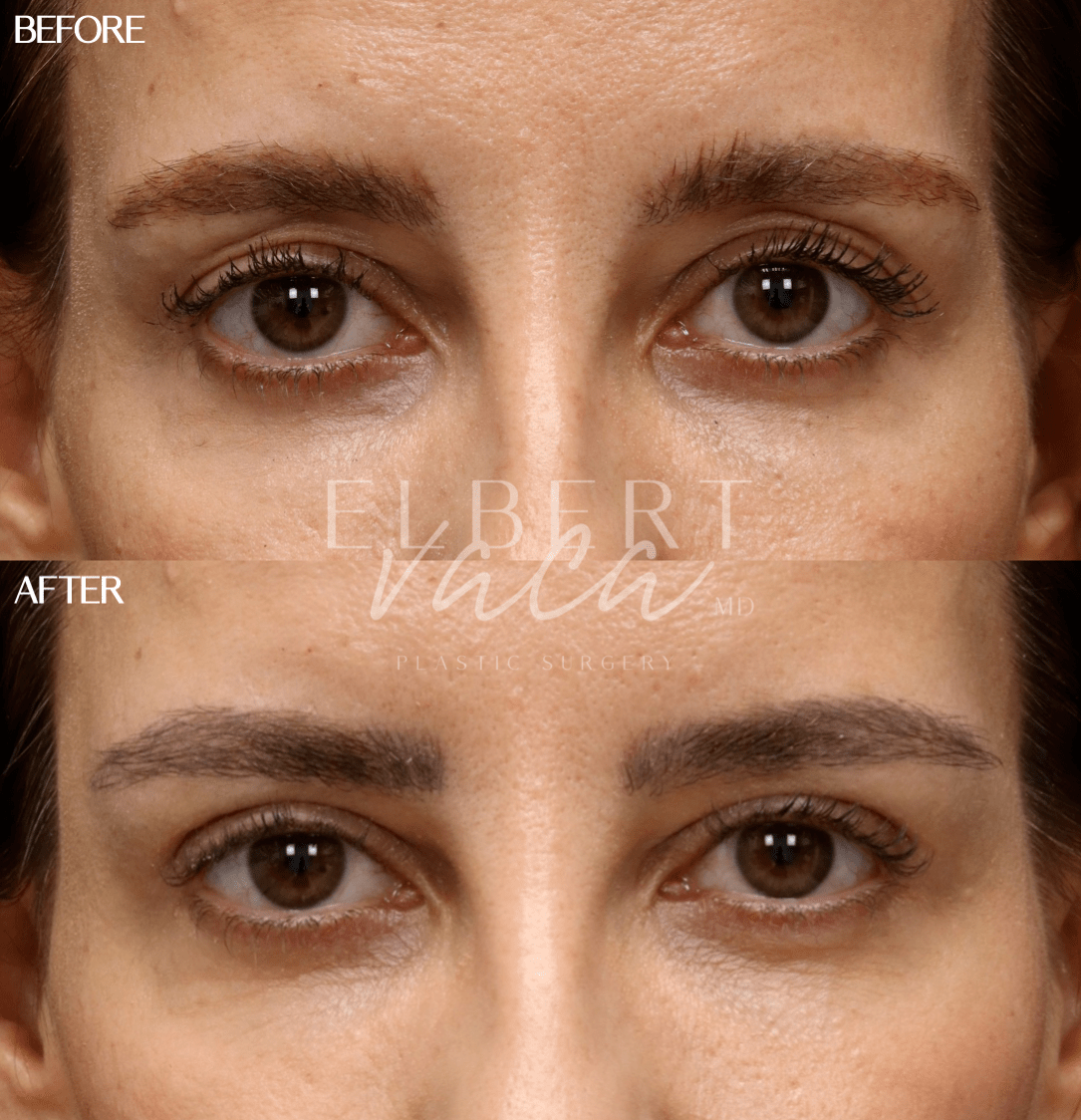
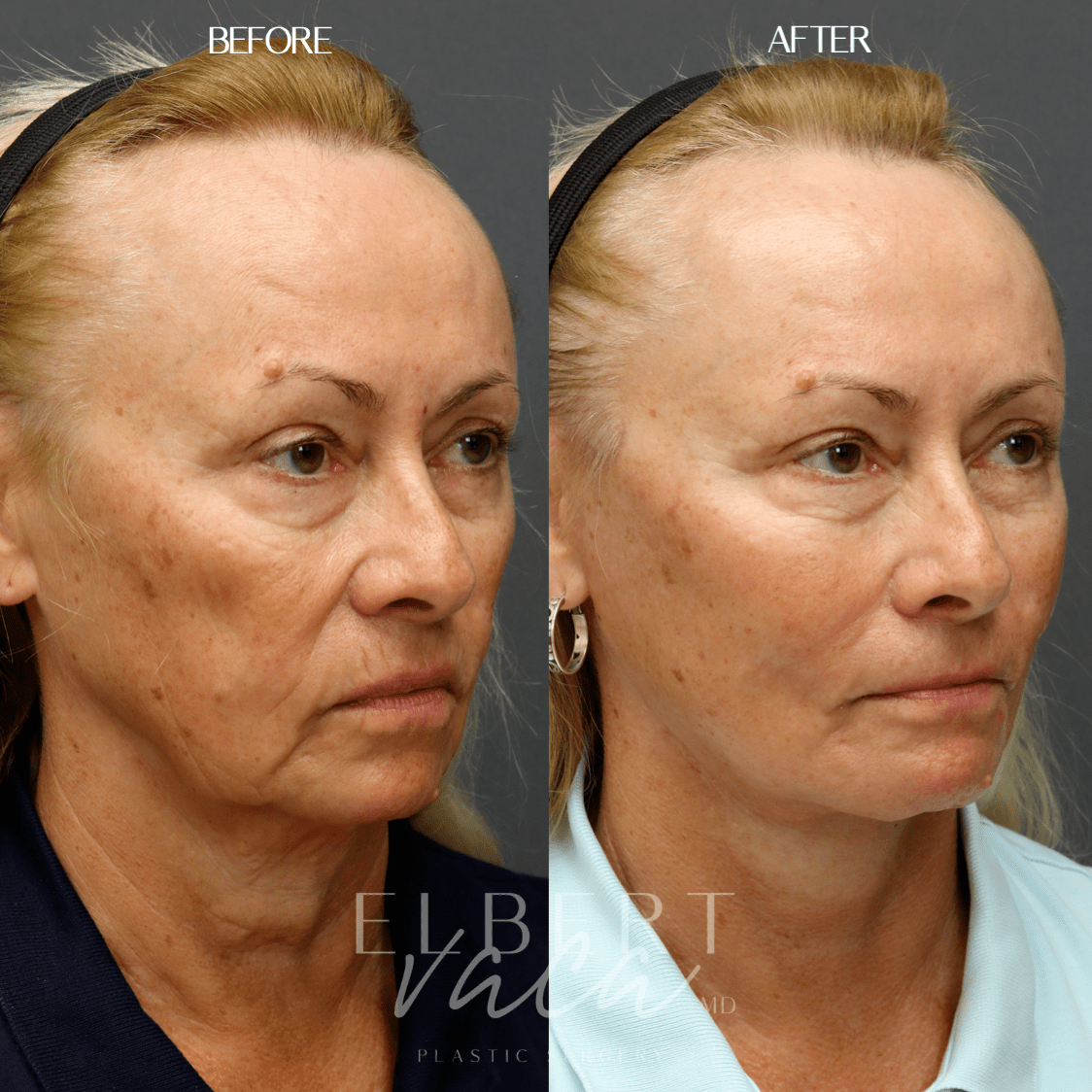
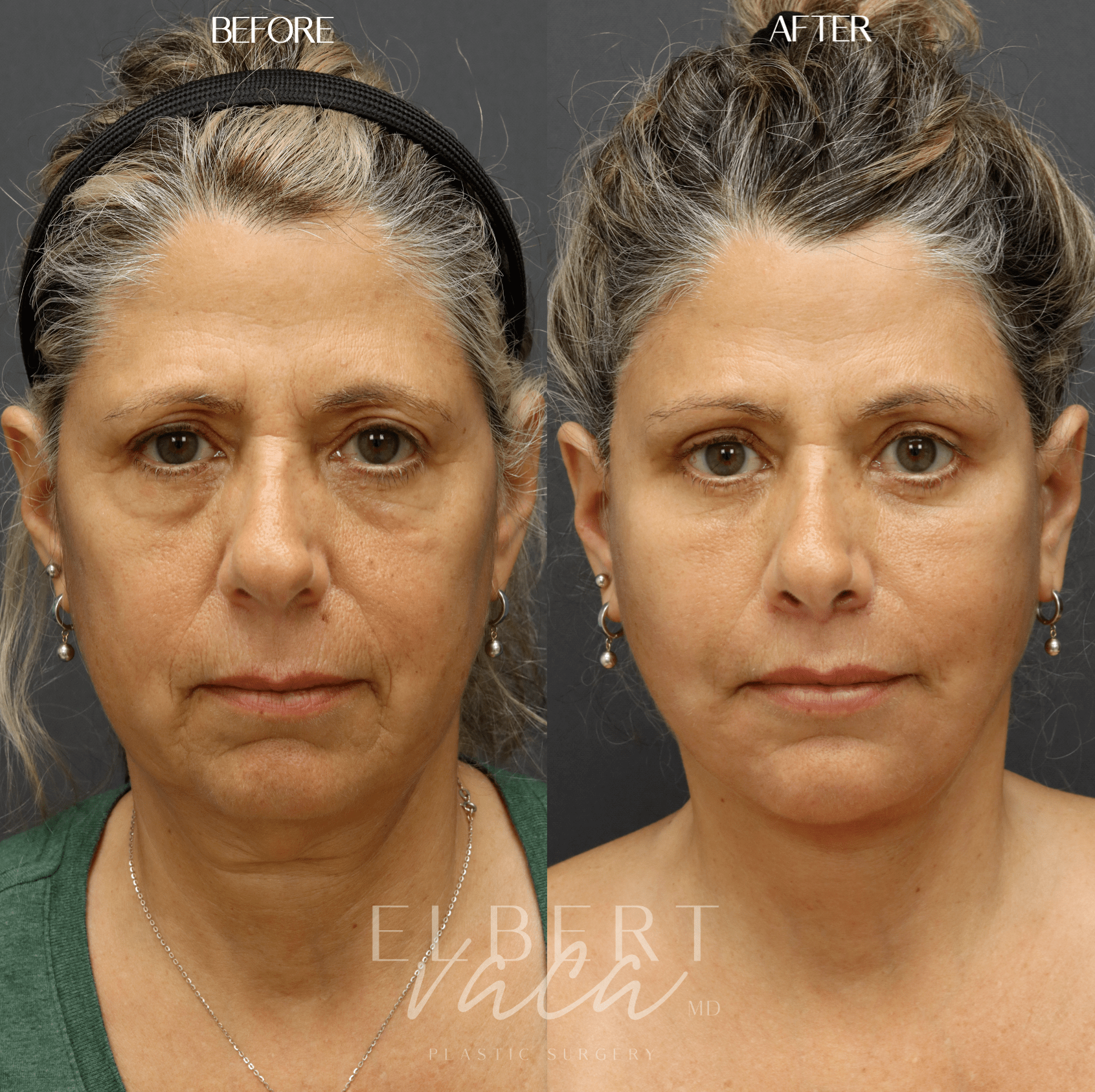
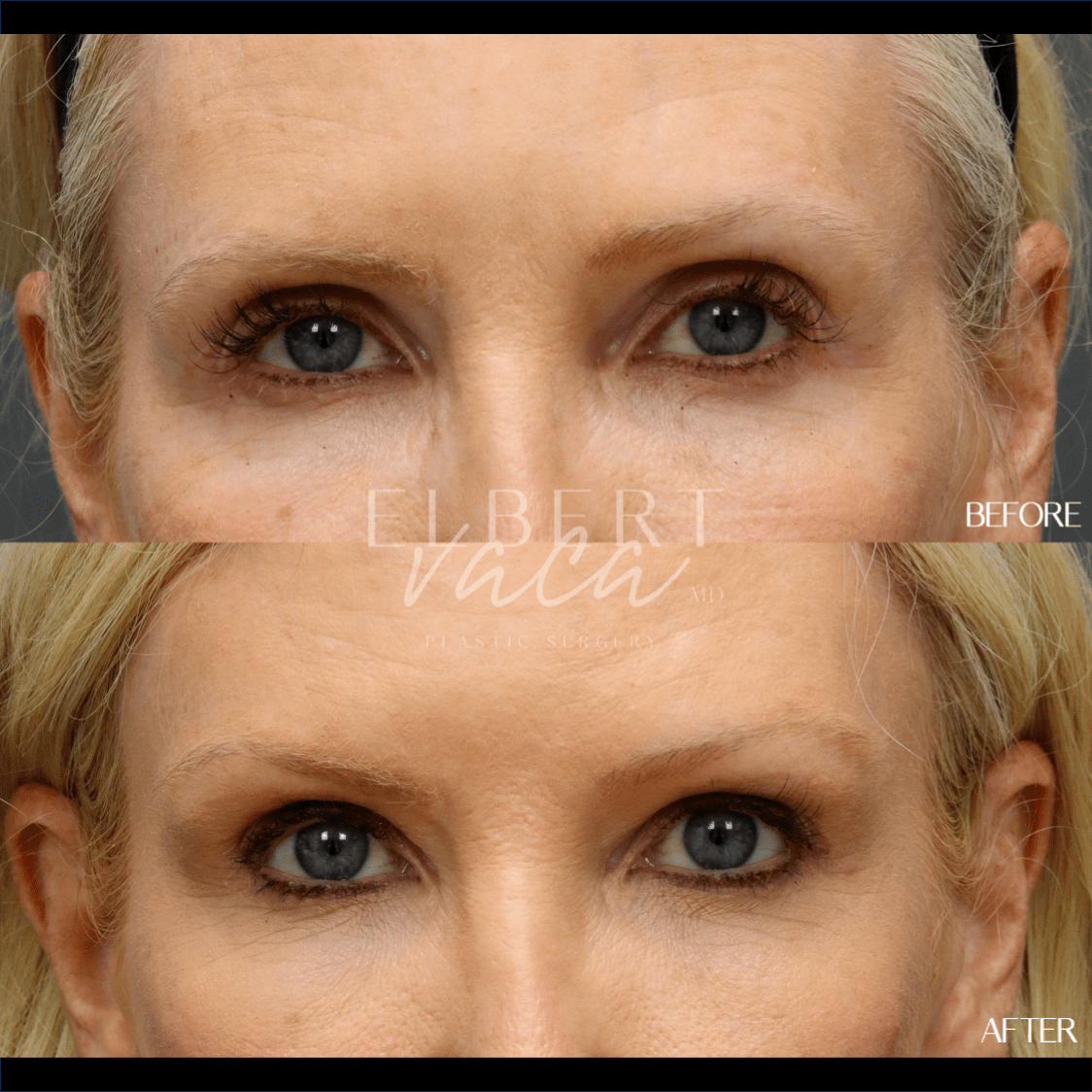
All surgical procedures carry a degree of uncertainty and risk. Thankfully, the risk of any major complication is rare.
Facial fat transfer is performed using tiny incisions – thankfully, these small incisions tend to heal extremely well and are not noticeable in the vast majority of patients.
We all have natural asymmetries between each side of our face – some people more than others. While one of the goals of surgery is to minimize pre existing facial asymmetries, it is important to know that some asymmetry will still exist.
The volume of transferred fat that survives is variable. At best, approximately 50 - 80% of the transferred fat remains long term. However, it is critical to not transfer too much fat as overfilling is difficult to correct. Occasionally, some patients will desire more facial fat grafting, which can be easily performed.